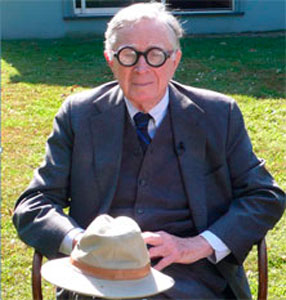Event: A Conversation with Gary Barnett, Extell Development Company
Location: Center for Architecture, 10.26.11
Speakers: Gary Barnett — President, Extell Development Company
Organizer: Center for Architecture
Sponsor: Kramer Levin
“It’s not just about design; it’s about design and function,” said Gary Barnett, president of Extell Development and one of this year’s Heritage Ball honorees, about his take on real estate development. During the company’s 22 years in business, Extell has developed more than 20 million square feet and worked with an impressive list of architects and interior designers.
Barnett admitted that, although Extell likes to work with a continually expanding and diverse group of firms, the company does have its favorites. SOM, one of those favorites, designed The International Gem Tower, under construction since April. Atelier Christian de Portzamparc with executive architect SLCE designed One57, the 90-story hotel/condominium currently rising on 57th Street. The trio is banding together again to design the remaining portion of Riverside South, from 65th to 59th Streets, one of the last large undeveloped sites in Manhattan. Even though Extell works with high caliber designers on all projects, its in-house architects always perform due diligence to ensure that the properties will be functional, economic, as well as attractive, according to Barnett.
Citing the twin opponents of development in today’s recession — generally longer construction times (up to 30% by Barnett’s estimate) and a retreat in financing — Barnett remained optimistic. Despite the decreased number of building permits issued, smaller, non-union projects are the way to build because they’re faster and cheaper, he said. Meanwhile, larger building projects will return slowly, he predicted.
